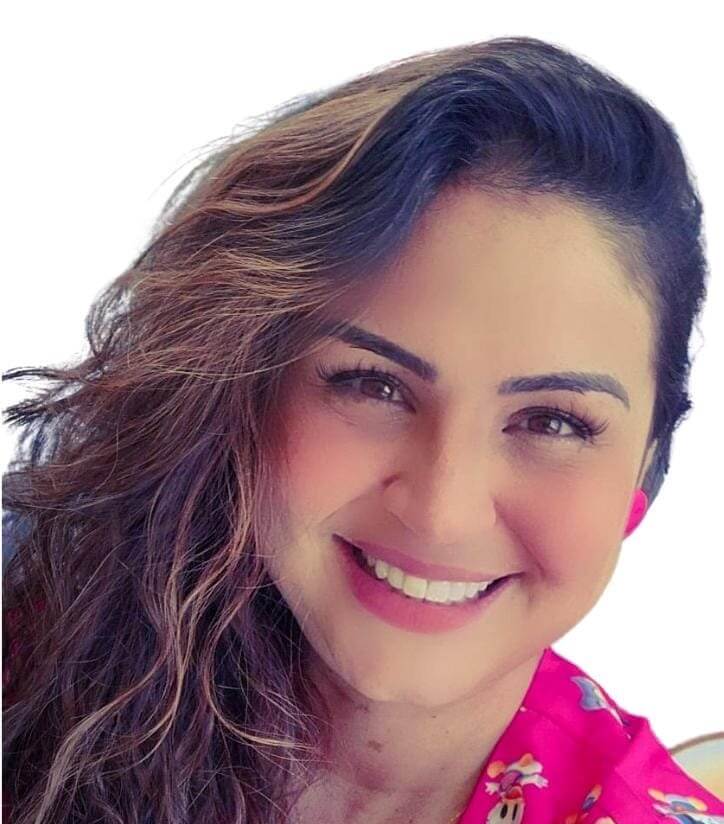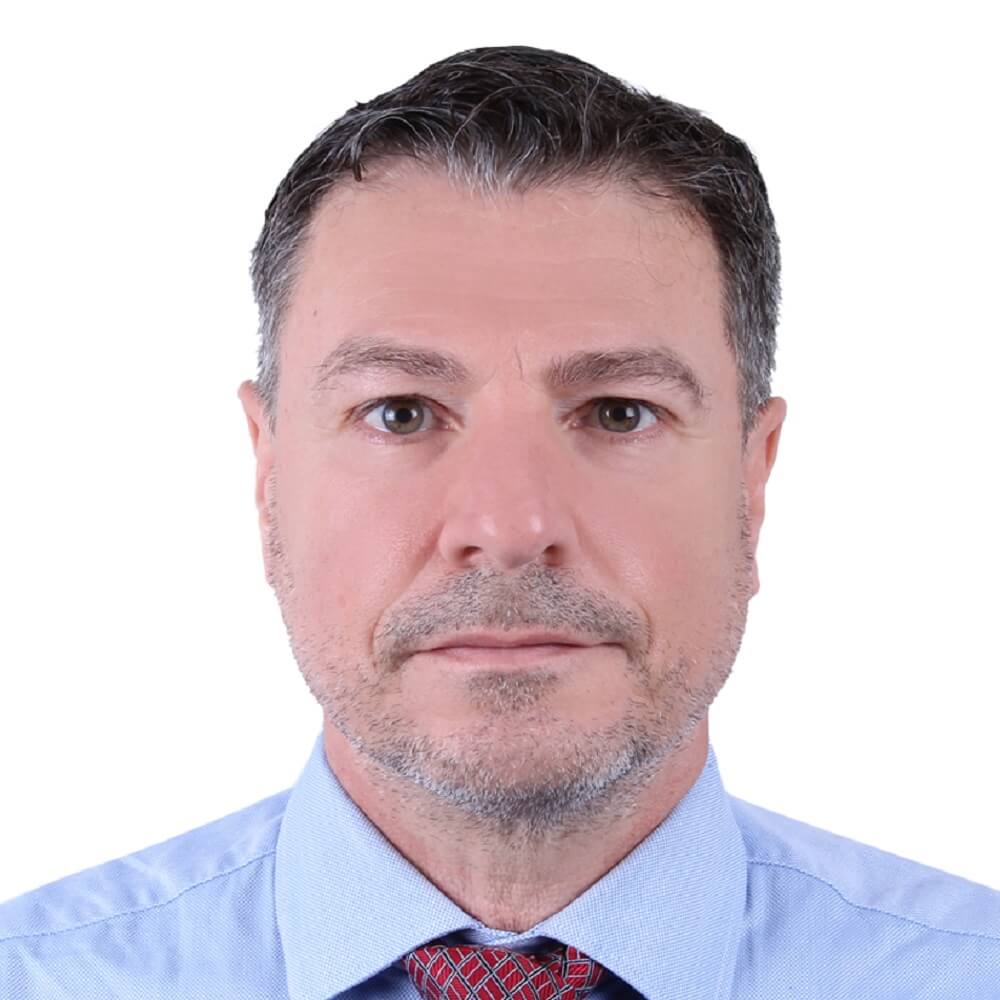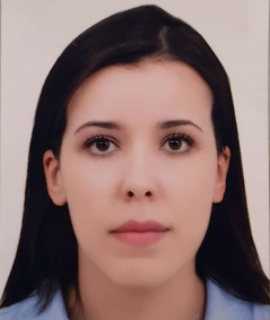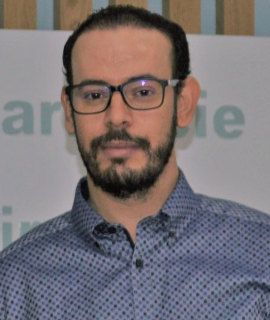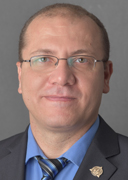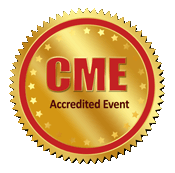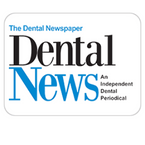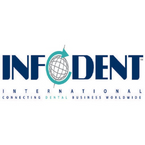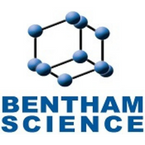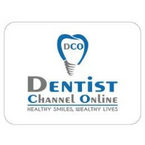Scientific Sessions
Track1: Pediatrics Dentistry
pediatric dental care ensures your child's primary teeth stay healthy and free of decay and other dental conditions. Good oral hygiene starts as early as immaturity. Whether you are nursing or bottle feeding, you should begin incorporating some type of dental hygiene authority as soon as possible. Paediatric dentists treat dental issues with respect to toddlers, kids, and teenagers. Numerous teenagers suffer orthodontic treatment which is done by an orthodontist when malocclusion is detected by a pedodontist. Numerous special kids who are physically or mentally challenged have special oral health care requirements. General dentists tend to treat and concentrate solely on adult teeth and adult dental health conditions, meanwhile paediatric dentists generally only treat children's teeth( also known as baby teeth), mixed dentition( kids with some baby teeth and some adult teeth), and occasionally adults with special requirements.
Track2: Ethno Dentistry
Ethno medicine broadly refers to the traditional medical practices concerned with the artistic interpretation of health, conditions, and illness that addresses the healthcare process and mending practices. Ethno medicine deals with information pertaining to social adaption, deviant behavior, illness, complaint, medical taxonomy, folk medical knowledge, and systems of medical care. Some of the problems essential in studying these issues are described. Ethno medicinal studies are significant for the discovery of new crude medicines from indigenous reported medicinal plants.
Track3: Dental Implants
There are three common types of dental implants that you can choose from Endo steal, sub periosteal, and zygomatic. Endo steal is the safest and most common, followed by sub periosteal, and also zygomatic being the last and most complex. It's infrequently used. With regular brushing and flossing, the implant screw itself can last a continuance, assuming the case receives regular dental check- ups every 6 months. The crown, still, generally only lasts about 10 to 15 years before it may need a replacement due to wear and tear and gash. A straightforward dental implant, for a patient with good bones and who doesn't need a lot of soft tissue surgery, has a pain position between two and three in the first 24 to 48 hours, which means untoward drug like Tylenol or Advil will take care of any discomfort they're feeling.
Track4: Nano Dentistry
Nano dentistry can be used to assemble nearly any product using infinitesimal structure blocks. The possibilities are endless, including Nano- impressions, Nano ceramics, and Nano composites. Nano fillers are formerly being used to produce a more precise impression of patients' teeth and epoxies. Nano fillers have superior hydrophilic rates, bettered flow, and lower distance at dental perimeters when compared to traditional paddings. With regard to prosthodontics, Nano- zirconia ceramic can be used in place of traditional pottery for tougher, longer- lasting, erosion- resistant dentures and crowns. Superior hardness, flexural strength, modulus of pliantness, translucency, continuity of Nano- dental materials and excellent handling parcels of all Nano- dental products.
Track5: Dental Hygiene
Practice good oral hygiene. Brush teeth completely twice a day and floss daily between the teeth to remove dental shrine. Visit your dentist at least once a time, indeed if you have no natural teeth or have dentures. Don't use any tobacco products. Typically the body's natural defenses and good oral health care, similar as diurnal brushing and flossing, keep bacteria under control. Still, without proper oral hygiene, bacteria can reach situations that might lead to oral infections, similar as tooth decay and gum disease. Rehearsing good dental care from immaturity to adulthood can help a person keep their teeth and epoxies healthy. Brushing and flossing daily, not smoking, eating a healthy diet, and having regular dental check-ups can help people avoid depressions, gum disease, and other dental issues.
Track6: Dental Education and Research
“Dentistry is a scientific profession. The care we give for our cases must be evidence grounded," exploration provides that evidence, so research is the veritably foundation of our profession." Dental scholars in predoctoral programs are veritably important encouraged to do exploration and to present their work at periodic conferences. In postdoctoral programs, research forms an integral part of the degree they gain. Dental research careers concentrate on the study of oral health. Research sweats may concentrate on new patient treatments, products, procedures, or equipment. Certified dentists may perform exploration at a university or a government association similar as the National Institute of Health (NIH).
Track7: Public Health Dentistry
Dental public health is involved in the assessment of crucial dental health requirements and coming up with effective results to ameliorate the dental health of populations rather than individuals. Dental public health seeks to reduce demand on health care systems by redirection of resources to precedence areas. The ADS report linked three core public health functions assessment, policy development, and assurance. The assessment of the oral health and the dental needs of the population including epidemiological checks of specified age groups. Promoting oral health and preventative dental measures for population. Developing and icing perpetration of original oral health and creation strategies. Oral health is an integral part of overall health and well- being. Dental conditions can affect anyone, but are largely preventable. Public health provides colourful services, programs and education to promote oral health in communities. We give guidance and expertise for community dental and oral health programs.
Track8: Dentistry Cosmetics
Cosmetic dentistry is the branch of dentistry that focuses on perfecting the appearance of your smile. Common cosmetic dental treatments include teeth decolorizing, dental cling and veneers. In sum, prosthodontics is largely technical cosmetic dentists with professional training in restorative dental procedures. Cosmetic treatments from the best dentist are a great way to get your asked appearance without going under the cutter. While the American Dental Association (ADA) doesn't officially fete cosmetic dentistry as a specialty, dentists who concentrate on the further cultural aspects of dental care are considered cosmetic dentists by their cases and other dentists. The most common cosmetic dentistry procedures are safe for utmost cases. Not every procedure is applicable for everyone. Before entering any treatment, consult with your dentist. After a thorough examination, your dentist can give you an honest assessment of which cosmetic procedures are applicable for you.
Track 9: Laser Dentistry
Lasers are used to reshape epoxies and remove bacteria during root conduit procedures. Lasers can be used to remove a small piece of tissue (called a biopsy) so that it can be examined for cancer. Lasers are also used to remove lesions in the mouth and relieve the pain of canker blisters. Lasers are used to reshape epoxies and remove bacteria during root conduit procedures. Lasers can be used to remove a small piece of tissue (called a vivisection) so that it can be examined for cancer. Lasers are also used to remove lesions in the mouth and relieve the pain of canker blisters. Utmost practices use the diode ray, the carbon dioxide ray or the NDYAG Ray. Lasers are complete at creating lacerations and removing gum tissue. The purpose of this is to ameliorate a dentist's visibility and to give lesser access when reshaping epoxies.
Track10: Oral and Maxillofacial Surgery
“Oral and Maxillofacial Surgery is the specialty of dentistry which includes the opinion, surgical and spare treatment of conditions, injuries and blights involving both the functional and aesthetic aspects of the hard and soft tissues of the oral and maxillofacial region.” Oral and Maxillofacial surgery is an internationally honored surgical specialty. Oral and maxillofacial surgery is formally designated as either a medical, dental or binary (medical and dental) specialty. As with all surgery, applicable warnings for all cases should include the threat of pain, swelling, bleeding, bruising and infection. Several oral and maxillofacial surgery procedures beget pain, most probably in the postoperative period, when the healing process commences.
Track11: Dental Marketing
Dental marketing is the marketing strategy and marketing tactics dental practices and dental conventions use to attract and retain new patients, as well as increase mindfulness of their brand. The main thing is to get implicit patients to make a phone call or book an online appointment. It helps you separate your practice. Your patients are your guests. In addition to helping identify your target request, a marketing plan helps your patients understand why your dental clinic is the bone they should choose, and what is unique about your services.
Track12: Conservative Dentistry
Conservative dentistry consists of minimally invasive procedures that concentrate on only removing what is considered damaged or gratuitous, leaving the remaining healthy tooth structure behind during the restorative process. Although conservative tooth medications may involve the relief of cusps with a restorative material if it's necessary to help tooth fracture, numerous tooth- conserving restorations are small, as determined by the size of the situation being treated. Conservative restorative dentistry refers to operation and treatments that maintain your teeth functional and healthy. These procedures include placing dental implants, paddings, crowns, and dentures. This type of dentistry isn't exclusive to one area.
Track13: Forensic Dentistry
Forensic dentistry or forensic odontology involves handling, examination and evaluation of dental evidence in felonious justice cases. Forensic dentists are involved in aiding investigative agencies to identify recovered mortal remains in addition to the identification of whole or fractured bodies. Forensic dentists have also been known to use their investigative ways to identify burn victims by using the victim’s former dental records. Forensic dentists may also be asked to help in determining age, race, occupation, former dental history and socioeconomic status of unidentified mortal beings. The evidence that may be deduced from teeth is the age (in children) and identification of the person to whom the teeth belong. This is done using dental records including radiographs, ante-mortem (previous to death) and post-mortem (after death) photographs and DNA. Another type of evidence is that of bite marks, left on either the victim (by the attacker), the perpetrator (from the victim of an attack), or on an object set up at the crime scene.
Track14: Preventive Dentistry
Preventive dentistry is dental care that helps maintain good oral health. It's a combination of regular dental check- ups along with developing good habits like brushing and flossing. Taking care of your teeth starts beforehand in non-age and extends throughout the course of your life. Preventative dentistry includes examinations, analyses, tests, diagnostics, and treatment (if need be) of oral health with the sole end of precluding more serious conditions from being. The overarching thing of preventative dentistry is for cases to keep their natural teeth in as good a condition as possible, for as long as possible. Anything important in our lives needs to be taken care of for it to remain in great condition.
Track15: Geriatric dentistry
Geriatric dentistry is the delivery of dental care to aged grown-ups involving opinion, forestallment, operation and treatment of problems associated with age related conditions. The mouth is appertained to as a glass of overall health, buttressing that oral health is an integral part of general health. In the elderly population poor oral health has been considered a threat factor for general health problems. This program will prepare a specialist in geriatric dentistry to acquire the chops, experience, and knowledge to both treat cases in an institutional, community, and private setting and contribute to the academic and professional development of elders. As part of an interdisciplinary platoon alongside other healthcare professionals14, Geriatric dentistry, also known as Gerontology or Gerodontics, is the delivery of dental care to aged grown-ups involving the opinion, forestallment, and treatment of problems associated with normal aging and age- related conditions.
Abstract Submission Guide Lines
How to submit an abstract/article?
Abstract submissions invite all of you to submit abstracts on Dentistry 2023 topics. Please see the submission guidelines below.
Full abstracts accepted for registered attendees will be published in the open-access conference support journal and conference memorabilia.
Submit your abstracts via the online ABSTRACT SUBMISSION link
-
Abstracts should be submitted in English and should be between 250 and 300 words, along with a 60-70 word presenter biography.
-
Submissions are welcome on all topics related to the dentistry conference.
-
The presenting author must provide the following details: presenter's full name, affiliation details: department, institution/hospital, country, phone number, email address, and photo
-
For co-authors, the following details are required: Full names and affiliation details such as the name of the department, institute/organization, and country should be included
-
All abstracts will be reviewed by a review committee approved by the Dentistry 2023 Conference Review Committee. The final decision will be taken by committee members.
-
All accepted abstract presenters will need to register and book a slot to attend the conference.
Request you to note your affiliation and abstract title in the final program and in the journal will appear exactly as you submit them. Please, therefore, follow the guidelines provided as to the required format and the Letter of Acceptance does not imply any travel grant or scholarship.
Next steps
A confirmation email will be sent to you after successful acceptance of the abstract by the members of the organizing committee. If the abstract is accepted, presenters must confirm the presenter(s) and reserve a slot to confirm their attendance at the conference. Failure to do so may result in your paper being excluded from the Dentistry 2022 conference program.
How to finalize the registration?
To complete registration, visit the ONLINE REGISTRATION PAGE where the following registration categories are available
Applicants from academia/academic backgrounds should register their application under the academic category
Registration options available in this category: Oral presentation | Poster Presentation | Registration of delegates | Package A (includes your registration and 2 nights accommodation) | Package B (includes your registration and 3 nights accommodation) | Online
For businessmen the registration will be in Business category
Registration options available in this category: Speaker Registration | Registration of delegates | Package A (includes your registration and 2 nights’ accommodation) | Package B (includes your registration and 3 nights’ accommodation) | Advertising | Exhibitor
Participants who are still pursuing their studies will register in the student category.
Registration options available in this category: Speaker Registration | Poster presentation | Registration of delegates | Package (includes registration and 2 nights accommodation).
Outside of any category mentioned above, please email jacksamuel@globalconferences.info or WhatsApp +44 7360538394 for GROUP REGISTRATION, ADDITIONAL NIGHT ACCOMMODATION, ADVANCE TOKEN PAYMENT, MORE A PRESENTATION, etc. These options are available upon special request and discussion with management.


